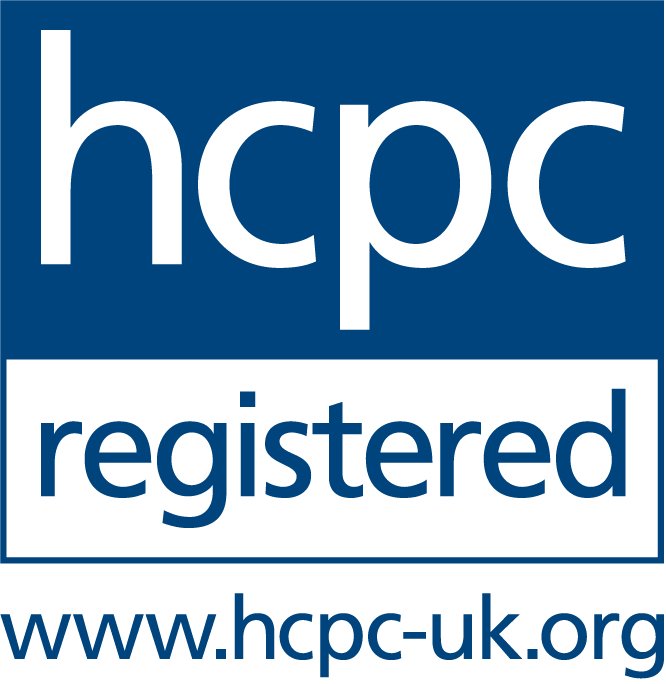Nervous System Regulation for You and Your Teen: Why It Matters More Than You Think
Introduction
If you’re parenting a child or teenager who struggles with anxiety, school attendance, or emotional overwhelm, chances are your own nervous system is stretched too. Maybe you find yourself snappy and irritable one moment, numb and detached the next. Maybe you can’t switch off, even when nothing is “happening.”
This isn’t a character flaw or lack of resilience.
It’s what happens when the nervous system stays activated for too long without opportunities to reset.
In this post, we’ll explore:
- What nervous system regulation actually means
- How it relates to anxiety and burnout (for both teens and parents)
- Why downtime is more than “doing nothing”
- How to create daily opportunities to regulate—for both of you
What is Nervous System Regulation?
At its core, nervous system regulation is your body’s ability to shift between states of stress and safety. When a threat is detected—real or perceived—your body moves into a sympathetic state: heart rate increases, muscles tense, breathing quickens. You’re ready to fight or flee.
Ideally, once the threat passes, your body moves back into a parasympathetic (rest-and-digest) state. But chronic stress, anxiety, or emotionally taxing environments can interrupt this rhythm, keeping us stuck in hyperarousal (on edge) or hypoarousal (shut down).
Research by Dr. Stephen Porges, founder of Polyvagal Theory, helps us understand that nervous system regulation is not just about calming down—it’s about creating the conditions for safety, connection, and co-regulation with others.
What Happens When the Nervous System Stays Activated?
In children and teens, chronic nervous system activation can look like:
- School avoidance or shutdown after a long day
- Sensory overload
- Meltdowns, withdrawal, or emotional outbursts
- Difficulty sleeping or concentrating
- Persistent anxiety or panic symptoms
In parents, it can show up as:
- Irritability and emotional exhaustion
- Feeling numb or detached
- Insomnia or racing thoughts
- Hypervigilance (being constantly “on”)
- Guilt and overwhelm
Left unchecked, this can lead to burnout, where even small tasks feel unmanageable, and emotional connection becomes harder to access.
Why Downtime Matters (and What It Really Is)
Downtime isn't just about “doing nothing.” It’s about down-regulating the nervous system—shifting out of survival mode and into a sense of safety and rest.
Down-regulating activities are those that invite the nervous system to slow down, such as:
- Gentle sensory input (stroking a pet, holding something soft, dim lighting)
- Rhythmic movement (walking, stretching, rocking)
- Focused, repetitive tasks (knitting, colouring, puzzles)
- Music, white noise, or nature sounds
- Resting without screens or demands
- Connecting with someone you feel safe with
For children and teens, this might look like lying in a dark room after school, listening to music, engaging in a repetitive game, or walking the dog.
For you, it might be 10 minutes with a cup of tea and no one asking for anything.
The point isn’t what you do, it’s how it makes your body feel: slower, softer, and more grounded.
Co-Regulation: Why Your Calm Matters Too
Co-regulation is the process of using a safe, attuned relationship to help someone else regulate their emotions and nervous system. It’s the quiet presence of a parent sitting beside a child during a meltdown. It’s the calm tone of voice, the steady breath, the touch of a hand that says “You’re safe.”
But here’s what often gets missed: You can’t co-regulate effectively when you’re dysregulated yourself.
And if you’ve been running on empty for weeks or months, it’s no wonder you feel frayed.
This is why your regulation matters just as much as your teen’s. It’s not selfish. It’s foundational.
Small Shifts That Support Daily Regulation
You don’t need to overhaul your routine or meditate for 90 minutes. Regulation happens in moments. Here are a few small but powerful ways to support your nervous system:
- Micro-breaks: Take 2 minutes between tasks to check in with your breath, stretch, or step outside
- Breath practices: Try a simple 4-6 breathing pattern (breathe in for 4, out for 6) to signal safety to your nervous system
- Sensory nourishment: Light a candle, wrap up in a weighted blanket, or hold something grounding
- Digital boundaries: Reduce overstimulation by having short tech-free windows (even 15 minutes before bed)
- Name it to tame it: When you feel overwhelmed, gently name the feeling: “I notice I’m tense,” “I’m feeling overstimulated.” This begins to activate the thinking brain and soothe the threat system
And for your teen:
- Offer space without pressure after school
- Create a predictable, low-demand routine
- Use non-verbal ways to connect (sitting near them, sharing a show, or walking side-by-side)
When Regulation Feels Impossible
Some days you’ll feel like you’ve got this. Others, you won’t.
That doesn’t mean you’re failing. It means you’re human and likely exhausted.
If regulation feels out of reach, it might be a sign you need more support, not more strategies. Whether that’s therapy, a supportive community, or simply being heard without judgment—it matters.
At Percuro Psychology, we work with families navigating anxiety, school avoidance, and emotional overwhelm. We help you understand what’s going on under the surface—so you can respond with compassion, not confusion.
Final Thoughts
Your nervous system is not a machine. It’s a living, sensing system shaped by experience, stress, and connection.
Taking care of it is not indulgent, it’s essential.
And when you begin to regulate yourself, you don’t just feel better. You become a calmer presence for your child too.
You don’t need to be perfectly calm. You just need to be resourced enough to return to it.
If you’re finding it hard to reset, or your teen seems constantly overwhelmed, support is available.
Contact us to explore how we can help
Reference:





